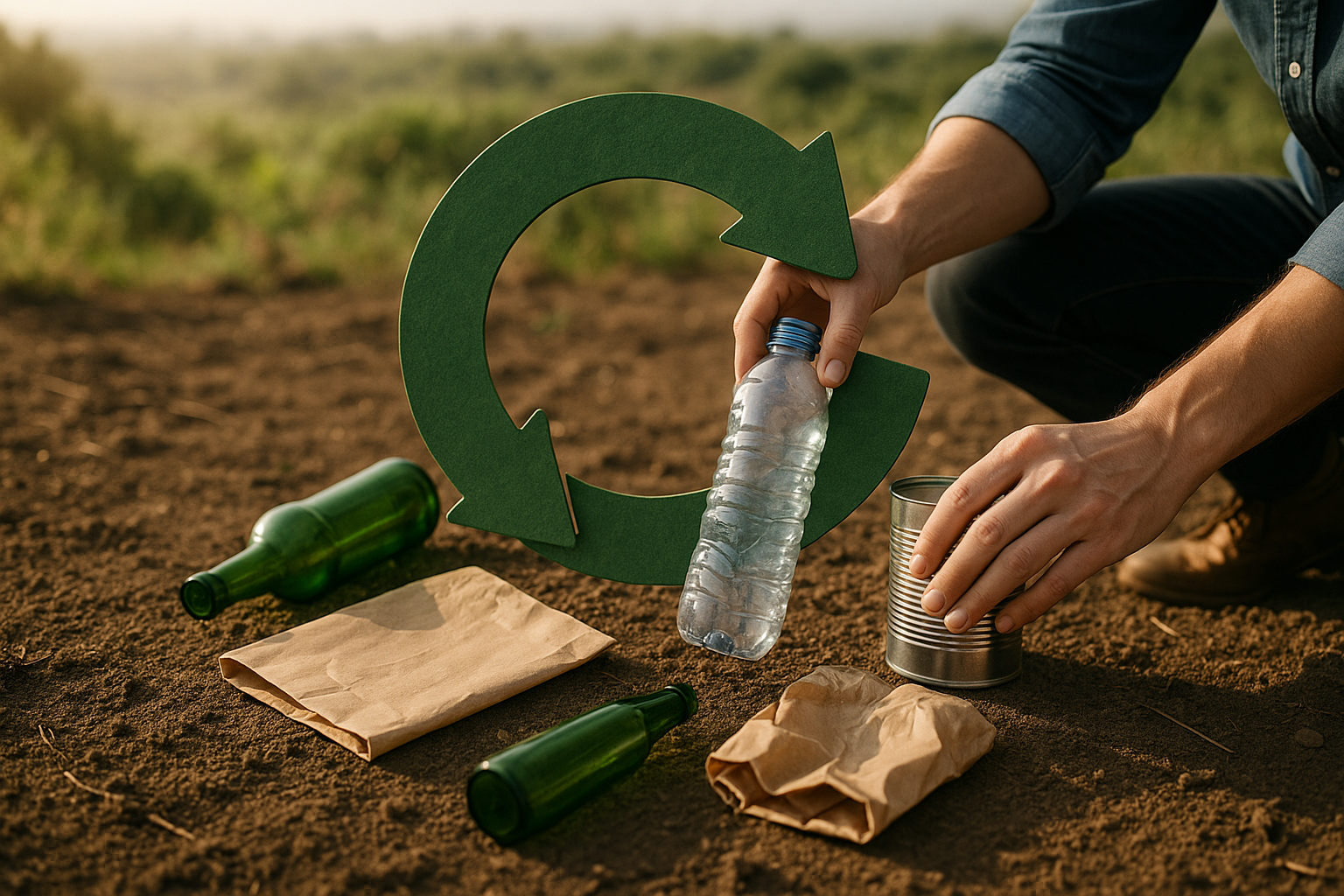Sustainable choices in personal care packaging and refill strategies
Choosing sustainable packaging and refill strategies for personal care products can reduce waste and support longer-term environmental goals. This article outlines practical considerations for skin and hair care packaging, explains how refill systems work, and suggests ways to maintain product performance while lowering environmental impact.

Sustainable choices in personal care packaging start with understanding how containers and dispensing systems interact with formulations and everyday routines. Packaging influences product integrity—affecting moisture and hydration in moisturizers, stability of serums and cleansers, and protection of active ingredients. Thoughtful choices can reduce single-use plastic, lower transportation impacts, and support reuse without compromising hygiene or product performance.
How packaging affects moisture and hydration
Packaging plays a direct role in preserving moisture-related performance. Airless pumps and opaque tubes protect water-rich formulations from oxidation and microbial contamination, helping moisturizers and hydrating serums retain efficacy. Refillable glass jars can work well for thicker balms, but require clear guidance on sanitation to avoid contamination that compromises barrier-repair ingredients. When choosing packaging, look for materials and closures that preserve formulation pH and prevent undue evaporation, which can alter hydration profiles and reduce the intended effect on skin barrier function.
Packaging and the skin barrier
The skin barrier benefits from consistent, uncontaminated products. Packaging that limits air exposure and minimizes user contact—such as pumps, tubes, or single-dose sachets—helps maintain ingredient stability for barrier-supporting actives like ceramides and humectants. Refillable systems must balance sustainability with product safety: labeled refill containers and hygienic dispensers reduce direct hand contact and the risk of introducing microbes that could alter the product’s effect on the barrier. Clear reuse instructions are important to keep barrier-focused formulations effective.
Scalp-friendly packaging and refills
Hair care packaging should support both product stability and ease of use in wet environments. For scalp-targeted treatments, pumps and dropper-style dispensers can deliver measured doses and discourage water ingress, preserving active ingredients. Refill pouches for shampoos and conditioners reduce plastic volume but must include secure transfer methods to prevent contamination. Consider packaging that helps maintain formula viscosity and prevents separation, so products meant to support scalp health continue to distribute actives evenly across the scalp during your routine.
Impact on complexion and microbiome
Packaging influences complexion outcomes partly by protecting microbiome-friendly formulations. Clean dispensing limits unintended contamination that could disturb the skin microbiome. For products intended to support a balanced complexion—such as gentle cleansers and microbiome-friendly serums—airless packaging or sealed single-use formats can be beneficial. When refills are used, the refill container’s design should preserve ingredient integrity and include instructions to avoid diluting or altering concentrations that are important for complexion and microbiome balance.
Serums, cleansers and sustainable refill options
Serums and cleansers present distinct packaging challenges: serums often need airtight protection, while cleansers require containers that tolerate frequent wet-hand use. Refillable glass or rigid plastic bottles paired with returnable or recyclable refill pouches can reduce single-use waste while maintaining protection for sensitive serums. For cleansers, thick-walled tubes and recyclable flip-top bottles work well with concentrated refills that consumers dilute at home or with refill stations offered by local services. Look for clear ingredient listings and reuse instructions so effectiveness isn’t compromised when switching to refill formats.
Practical refills, routine changes, and sustainability
Adapting your routine to sustainable refills involves practical changes: store refills properly, transfer contents using clean tools, and follow manufacturer guidance on shelf life after opening. Routines that incorporate refillable dispensers can reduce packaging waste if users commit to proper cleaning and timely use. Sustainability also means choosing concentrates, solid formats (like bar cleansers), and bulk refills available from local services or stores with refill stations. These options can lower packaging volume and transportation emissions while preserving product performance when used as directed.
This article is for informational purposes only and should not be considered medical advice. Please consult a qualified healthcare professional for personalized guidance and treatment.
Sustainable packaging and refill strategies require balancing environmental goals with product safety and efficacy. By considering material choices, dispenser design, and clear user instructions, manufacturers and consumers can reduce waste without sacrificing hydration, barrier support, scalp care, or complexion outcomes. Thoughtful adoption of refills, concentrates, and reusable containers—supported by good hygiene and storage—can make sustainable personal care both practical and effective.




